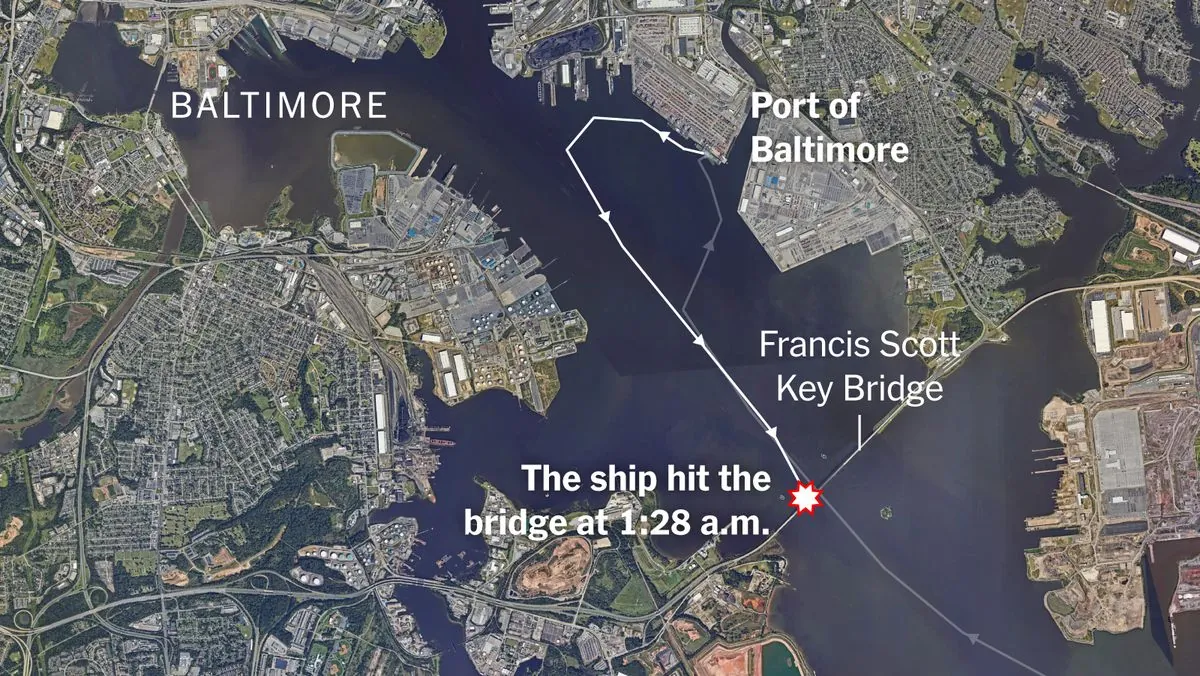SpaceX Achieves Milestone: First Private Spacewalk in Polaris Dawn Mission
SpaceX's Polaris Dawn mission marks a historic achievement with the first-ever private spacewalk. Commercial astronauts exit a commercial spacecraft at 700 km altitude, testing new oxygen suits in a groundbreaking 12-minute EVA.

In a significant advancement for commercial space exploration, SpaceX has successfully conducted the first-ever private spacewalk as part of its Polaris Dawn mission. This groundbreaking event, occurring prior to September 12, 2024, marks a pivotal moment in the history of space exploration, previously dominated by government-funded missions.
The mission involved a team of four commercial astronauts, with Jared Isaacman and Sarah Gillis performing the actual extravehicular activity (EVA). The spacewalk lasted approximately 12 minutes and took place at an altitude of 700 km (435 miles) above Earth's surface. This altitude is notably higher than the International Space Station's average orbit of 420 km, highlighting the mission's ambitious nature.

A crucial aspect of this mission was the testing of new oxygen suits developed by SpaceX. These suits were put to the ultimate test when the capsule was completely depressurized, leaving all four crew members reliant solely on their slim spacesuits for life support. This scenario mirrors the extreme conditions faced by astronauts during EVAs, where temperatures can fluctuate between -250°F in the shade and 250°F in the sun.
The achievement of a private spacewalk represents a significant milestone in the evolving landscape of space exploration. Since the first spacewalk by Soviet cosmonaut Alexei Leonov on March 18, 1965, EVAs have been exclusively performed by government-funded astronauts. The Polaris Dawn mission changes this paradigm, demonstrating the growing capabilities of commercial space companies.
SpaceX, founded by Elon Musk in 2002, has been at the forefront of private space endeavors. As part of NASA's Commercial Crew Program, companies like SpaceX aim to reduce costs and increase access to space. This mission showcases the potential for private entities to contribute significantly to space exploration and research.
While the Polaris Dawn spacewalk lasted only 12 minutes, it's worth noting that the longest spacewalk in history, performed by NASA astronauts Jim Voss and Susan Helms in 2001, extended for 8 hours and 56 minutes. The brevity of this first private EVA likely reflects its experimental nature and the focus on safety for this pioneering effort.
The success of this mission opens up new possibilities for commercial space activities, including potential future private missions to the Moon or beyond. It's reminiscent of the Apollo era, which saw a total of 14 EVAs performed on the lunar surface.
As commercial spaceflight continues to evolve, it will be interesting to see how private companies build upon this achievement and potentially contribute to advancing spacesuit technology. NASA's current Extravehicular Mobility Unit (EMU) design has been in use since 1981, and innovations from the private sector could lead to significant improvements in this critical area of space exploration.


































